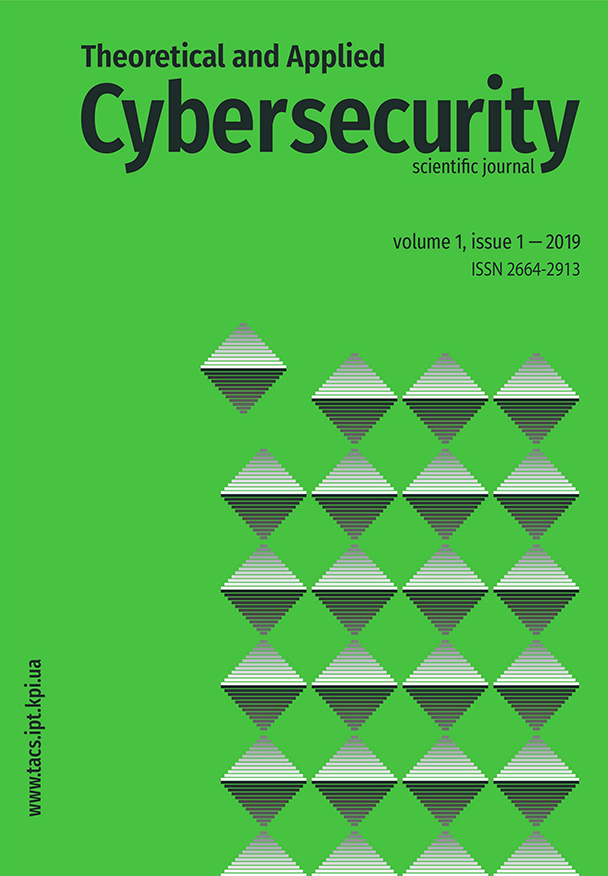Number of Confirmation Blocks for Bitcoin and GHOST Consensus Protocols on Networks
DOI:
https://doi.org/10.20535/tacs.2664-29132019.1.169018Abstract
A specific number of transaction confirmation blocks determines average time of receiving and accepting payments at cryptocurrencies, and the shortest confirmation time for the same level of blockchain security provides the best user properties. Existing papers on transaction confirmation blocks for Bitcoin use implicit assumption of prompt spreading of Bitcoin blocks over the network (that is not always the case for the real world conditions). The newer publications with rigorous analysis and proofs of Bitcoin blockchain properties that take into account network delays provide asymptotic estimates, with no specific numbers for transaction confirmation blocks. We propose three methods for determination of required number of confirmation blocks for Bitcoin and GHOST on networks with delayed message delivery with different models that take into account the possibility of faster adversarial node syncronization. For the GHOST we propose the first (to our knowledge) strict theoretical method that allows to get required number of confirmation blocks for a given attacker’s hashrate and attack success probability.Downloads
Published
2019-05-29
Issue
Section
Theoretical and cryptographic problems of cybersecurity
License
Authors who publish with this journal agree to the following terms:
Authors retain copyright and grant the journal right of first publication with the work simultaneously licensed under a Creative Commons Attribution License that allows others to share the work with an acknowledgement of the work's authorship and initial publication in this journal.
Authors are able to enter into separate, additional contractual arrangements for the non-exclusive distribution of the journal's published version of the work (e.g., post it to an institutional repository or publish it in a book), with an acknowledgement of its initial publication in this journal.
- Authors are permitted and encouraged to post their work online (e.g., in institutional repositories or on their website) prior to and during the submission process, as it can lead to productive exchanges, as well as earlier and greater citation of published work (See The Effect of Open Access).

